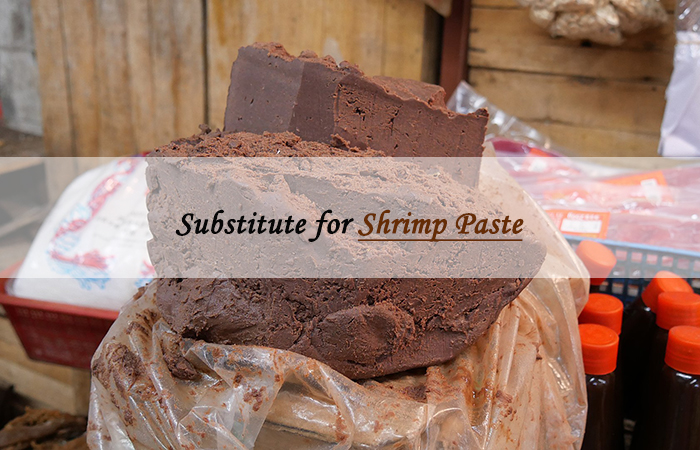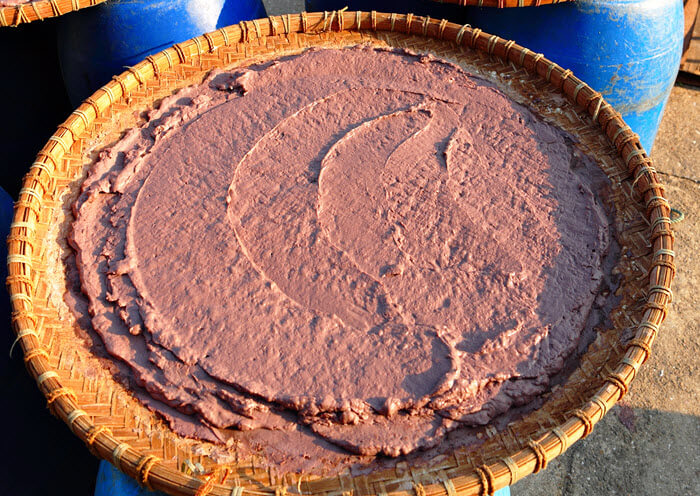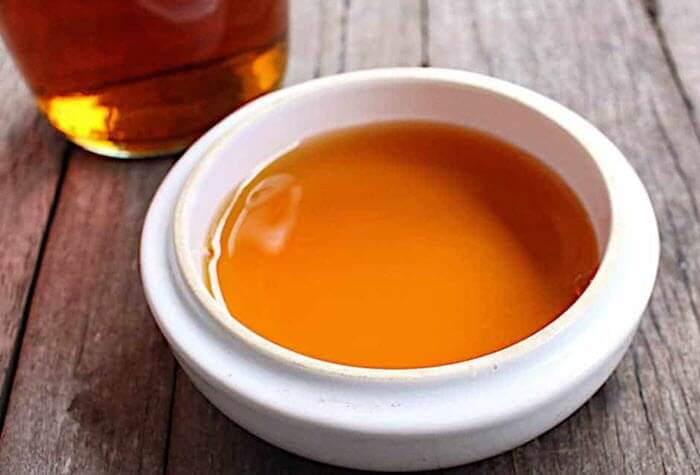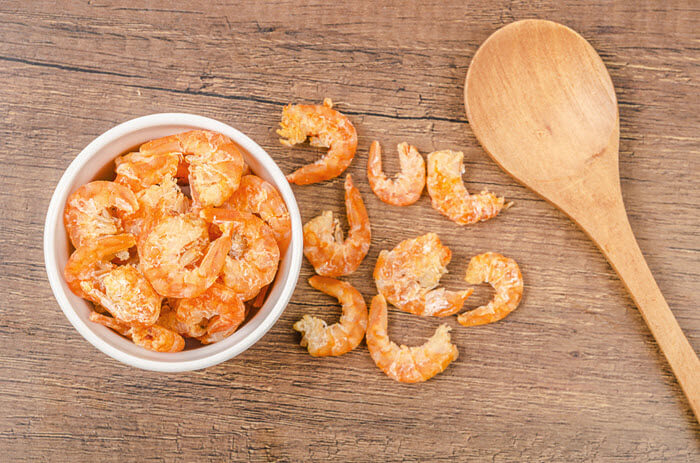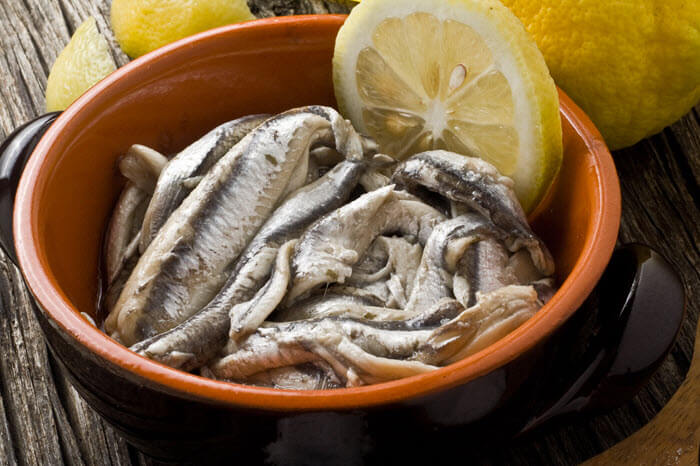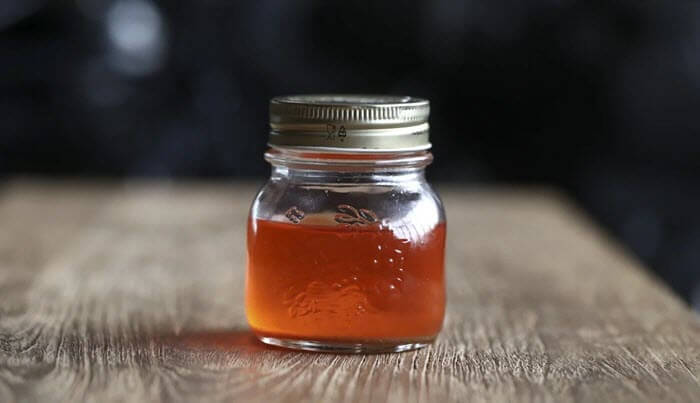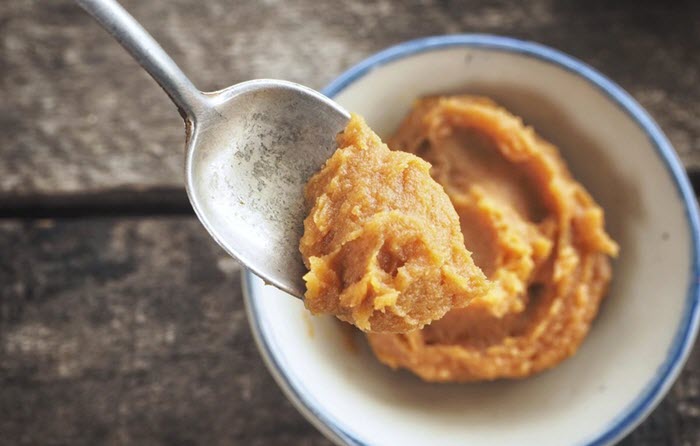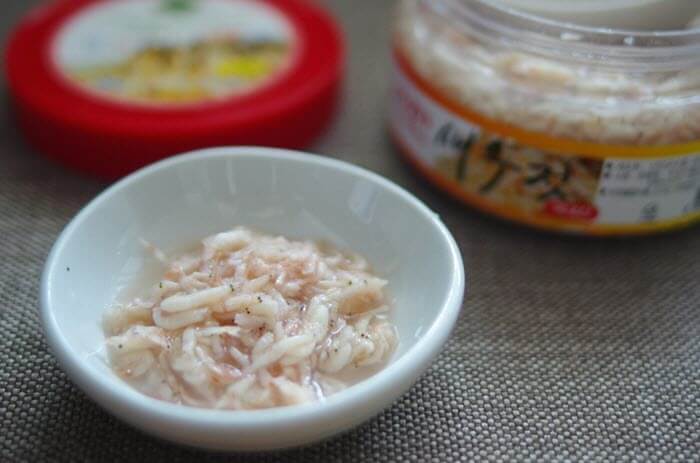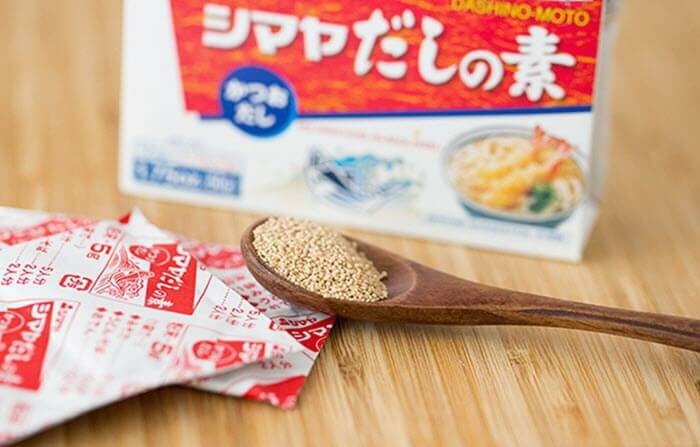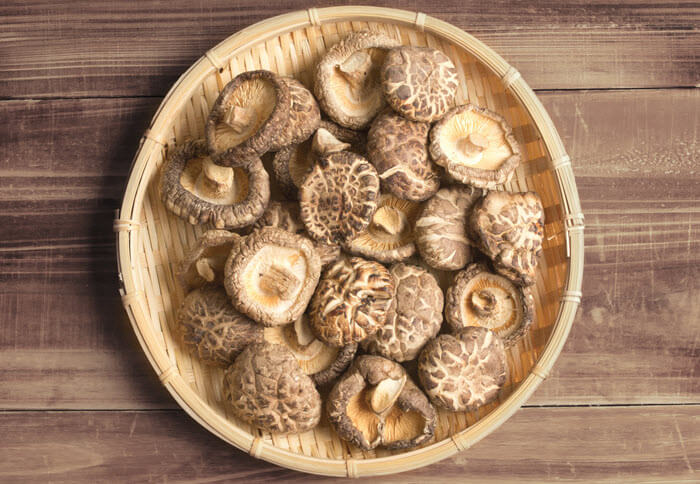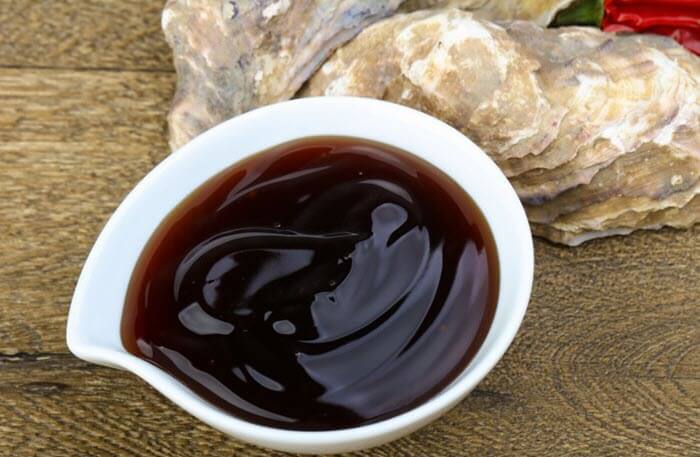Run out of shrimp paste or just don’t like the flavor of it?
We’ve collected the top 12 alternatives to shrimp paste for you!
Keep reading to choose the one you prefer.
Table Of Contents
What is Shrimp Paste?
Each country has its own version of shrimp paste.
- The Thai call it ‘kapi’
- In Vietnam it is ‘mắm tôm’ or ‘mắm ruốc’
- In Indonesia it is ‘terasi’
- The Malaysians and Singaporeans have their ‘belacan’
- The Filipinos have christened their version ‘bagoóng alamáng’
Despite the differences in their names, these regional variations of shrimp paste are all instantly recognizable from their pungent odor and their ubiquitous ability to elevate the flavors in many of your favorite Southeast Asian dishes.
Thailand’s kapi is a thick paste in a deep mauve color, while Vietnam’s mắm ruốc has a looser consistency with a lighter purple tint.
Indonesia, Malaysia and Singapore have versions that are dried to form dark brown blocks that crumble into chunks more intensely flavored than their cousins.
The most vividly colored of them all, bagoóng alamáng from the Philippines, is less finely ground, with small shreds of shrimp still visible in the jars of the pink-purple condiment.
Across its variations, shrimp paste is made from only two ingredients.
Tiny shrimp, called krill, are ground into a paste, mixed with salt, and left to ferment and dry in the heat of the sun. This produces a paste with a powerful funky odor, one that has been compared to rotting garbage or a strong blue cheese.
But despite its unappealing smell, shrimp paste plays the role of the unsung hero in a variety of dishes in the Southeast Asian region.
In Thai curries, Vietnamese dipping sauces, Malaysian stir-fries, and countless other dishes, shrimp paste is added to provide a deep umami complexity.
However, shrimp paste has yet to catch on in popularity in other regions of the world, unlike its other funky fermented compatriots from Asia- miso paste, gochujang, and fish sauce.
This potentially makes it an ingredient that is difficult to find if you live outside of Southeast Asia unless you can access a well-stocked Asian grocer near you.
What Can You Substitute for Shrimp Paste
If you are unable to find shrimp paste in a store near you, here are several alternatives you can use in its place.
1. Fish Sauce
Fish sauce is another fermented seafood-based condiment that is used widely in Southeast Asian cooking.
Made by fermenting fish, water and salt for several years, fish sauce is almost as pungent in odor as shrimp paste and provides a similarly rich and earthy flavor to your dishes.
How to Substitute
However, fish sauce is less intensely flavored than most shrimp pastes, and it is recommended to start with twice as much shrimp paste required in the recipe.
2. Dried Shrimp
While dried shrimp may not provide the funky fermented flavor that shrimp paste brings, it works as a decent substitute in a pinch.
The tiny, wizened shrimp add a salty umami flavor to your dishes and are often inexpensive and long-lasting.
To mimic the texture of Thai and Vietnamese shrimp paste, soak the shrimp in water for 30 minutes and blend in a food processor until mostly smooth.
How to Substitute
Use twice the amount of this paste to replace shrimp paste in your recipe.
3. Anchovies
These deeply salty and umami-packed fish are a good substitute for shrimp paste, as they add more complexity and flavor to your dish.
Often found packed into glass jars and covered in oil, anchovies can replace shrimp paste in equal amounts.
How to Substitute
You may wish to mash them up with a small measure of water in order to replicate the texture of shrimp paste.
4. Shrimp Infused Oil
By frying shrimp heads and shells in oil, you can infuse the oil with the flavor of shrimp and use it in various dishes to provide a shrimpy kick.
Simply heat your oil over medium-low heat, add your shells and heads, and fry them until the oil turns a bright red in about 20 minutes.
While missing the more complex flavors that come from fermentation, this oil can still elevate your curries, stir-fries, fried rice or noodles, and other dishes.
5. Miso
Red, or dark miso is a great way to provide a rich complexity to your dishes, especially if you are looking for a vegan or vegetarian substitute for shrimp paste.
Made from fermenting soybeans, miso has become a staple ingredient in many kitchens around the world outside of Japan.
White miso is lighter and sweeter, while red miso is often more pungent and savory, making it a perfect substitute for shrimp paste.
Further reading: Top 10 Miso Paste Substitutes in Cooking
How to Substitute
Start with 2 times more red miso than the amount of shrimp paste required, and adjust to taste from there.
6. Saeujeot – Korean Fermented Shrimp
If you live near a Korean grocer, you may be able to pick up a jar of saeujeot- whole tiny salted and fermented shrimp.
Often used to make kimchi, these fermented shrimp will be able to provide a similar funk and umami to your dishes in place of shrimp paste.
How to Substitute
However, you may blend the shrimp before using it in your cooking, and use a little more saeujeot than the amount of shrimp paste required.
7. Shaved Bonito Flakes
Also known as katsuobushi, you may recognize bonito flakes as the wispy shavings sitting atop some Japanese dishes.
Dried blocks of skipjack tuna are shaved to produce these deeply savory and flavorful flakes that can be used to provide complexity and a taste of the sea in replacement of shrimp paste.
How to Substitute
If you prefer not to have the waterlogged flakes of bonito left in your final dish, I recommend steeping a handful of bonito flakes in half a cup of hot liquid to extract its flavors to use in dishes such as soups or curries.
Further reading: What Can You Substitute for Bonito Flakes (Katsuobushi)?
8. Dashi Powder or Granules
Dashi is one of the building blocks of Japanese cuisine.
A light broth made of bonito flakes and kelp seaweed, dashi is rich in umami and savory.
These days, home cooks can rely on instant dashi that comes in the form of powder or granules, and can be reconstituted by mixing with hot water.
Although lacking in pungency, dashi granules can provide a savory seafood flavor to your dishes as a substitute for shrimp paste.
How to Substitute
Mix the granules with a small amount of water to rehydrate them, and add to your cooking according to taste.
9. Dried Shiitake Mushrooms
As umami powerhouses, shiitake mushrooms are another great vegan or vegetarian shrimp paste substitute to introduce depth of flavor to dishes that use shrimp paste.
Dried shiitakes can be soaked in water overnight, squeezed to remove excess water, and blended into a paste. You can also reserve the soaking liquid to be used for cooking as well.
How to Substitute
Use 3-4 times the amount of mushroom paste in replacement of shrimp paste, and increase the amount of salt in your recipe.
If you have a food processor or spice grinder strong enough for the job, dried shiitake mushrooms can also be ground into a powder to add to cooking.
10. Oyster Sauce
A staple in Chinese cooking, oyster sauce is made mainly from oyster juices, salt and sugar, all boiled down to create a thick brown sauce that adds complex layers of sweet, savory, earthy, and umami to any dish.
How to Substitute
To replace shrimp paste, add 2-3 times the amount of shrimp paste called for in the recipe and adjust to taste.
However, as there is some sugar in oyster sauce, you may want to decrease the amount of any additional sugar or sweetener in your recipe.
11. Fermented Chinese Black Beans
Unassuming and inexpensive, these black beans that have been salted and fermented pack a punch.
Salty, funky, and rich with umami, fermented black beans are yet another amazing vegan alternative for shrimp paste.
How to Substitute
As they are also pungent and intensely flavored, you can replace the shrimp paste with an equal amount of fermented black beans.
If you are using a recipe with less water or a shorter cooking time, you may have to soften the beans by steaming and mashing them into a paste before using.
12. Homemade Shrimp Paste
If you are feeling adventurous and have some time on your hands, you can try making shrimp paste at home.
Be warned! The process of making shrimp paste at home is time-consuming and particularly pungent.
It is recommended to make shrimp paste at home only if you have time and access to a sunny backyard.
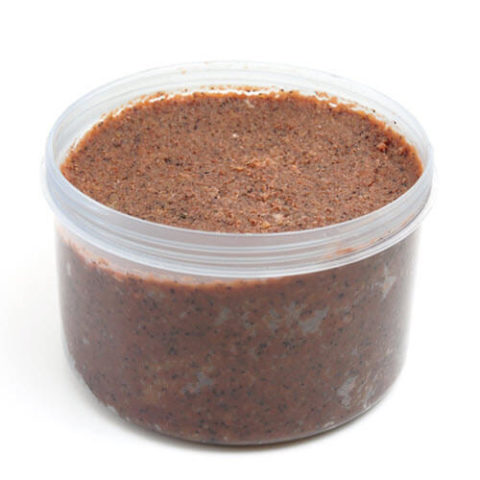
How to Make Shrimp Paste
A Thai-style shrimp paste recipe - using the larger and more readily available type of shrimp instead of krill.
Ingredients
- 1 kg fresh shrimp or a little more than 2 pounds
- 1 cup (240 g) vodka or white wine or rice wine
- ⅓ cup (100g) sea salt
Instructions
1. Rinse the shrimp in cold water. Using a pair of scissors, trim the heads by cutting off the portion just below the eyes, and cut off the tails.
Devein the shrimp by inserting a toothpick or skewer below the surface of the shell, and pulling out the long stringy vein.
2. Mix the trimmed and deveined shrimps with the alcohol, and let sit for 15 minutes to remove fishy odors and bacteria.
3. Drain the alcohol off from the shrimp. Do not rinse.
4. In a blender, blend the shrimp together with the sea salt into a fine paste.
5. Place the mixture in a large bowl or rectangular container, and cover with a secure lid to prevent contamination but ensure airflow.
6. Place in direct sunlight, ideally at a temperature of above 80F or 26C, and stir every 2 hours. When night falls, bring the bowl back into the house to prevent any animals from getting into it.
7. The next day, blend the mixture one more time to ensure a smooth texture, but be careful, as the mixture will be quite pungent.
8. For the next 7-10 days, bring the bowl out to ferment in the sun, stirring every 2 hours, and bring the bowl back in during the night.
If temperatures are high, your shrimp paste will be ready by the 7th day, but if temperatures are low, it may take up to 10 days.
You will know your shrimp paste is ready when it has darkened and thickened in texture to a point where it does not fall off your spoon easily when you lift it out of the bowl.
9. Transfer to airtight glass jars, and store in the refrigerator.
Nutrition Information:
Yield: 2 Serving Size: 1Amount Per Serving: Calories: 672Total Fat: 1gSaturated Fat: 0gTrans Fat: 0gUnsaturated Fat: 1gCholesterol: 945mgSodium: 656mgCarbohydrates: 7gFiber: 0gSugar: 1gProtein: 120g
FAQs About Shrimp Paste
Is shrimp paste the same as fish sauce?
Both products have similarities, where seafood products are fermented with salt to produce deeply funky and savory products with strong odors.
However, the fish fermented in the fish sauce are left whole, and only the liquid produced from the process is bottled as fish sauce.
On the other hand, shrimp paste grinds the whole shrimp, shells included and ferments them with salt, and the entire mixture is used in cooking.
This means shrimp paste is more intensely flavored and requires fewer amounts to season a dish.
Due to the difference in seafood used, the flavor of shrimp paste and fish sauce also differs, with one tasting of shrimp and the other of fish.
Can you use shrimp sauce instead of shrimp paste?
If shrimp sauce is more readily available to you, then yes, I do think that shrimp sauce can be used instead of shrimp paste.
They are very similar in flavor, and both are made with shrimps fermented with salt.
Shrimp paste is fermented and dried directly under the sun, while shrimp sauce is fermented in barrels and is more liquid in consistency.
You may have to decrease the amount of liquid used in your recipe when using shrimp sauce instead of shrimp paste.
What do you use shrimp paste for?
Shrimp paste is used in many dishes in Southeast Asia.
These include curries, dipping sauces, stir-fries, noodles, soups, and a variety of other food.
A little bit goes a long way, so only small amounts are usually enough to elevate a dish.
Can you substitute dried shrimp for shrimp paste?
As mentioned in the list above, dried shrimp can be used as a decent substitute, but it only provides the umami factor without the fermented funkiness of shrimp paste.
If you have fish sauce and dried shrimp on hand, they can be used together to better approximate the flavor of shrimp paste.
Is shrimp paste worth searching for?
While I have listed a fine list of substitutes, shrimp paste is a truly unique ingredient that is worth looking out for.
A small amount is enough to add layers of complexity and flavor to your cooking, and it has a long shelf life.
Suppose you do not have any dietary restrictions that require you to refrain from eating shrimp. In that case, I do recommend that you try to source a block or a jar of this insanely pungent and incredible ingredient for an authentic cooking experience.

